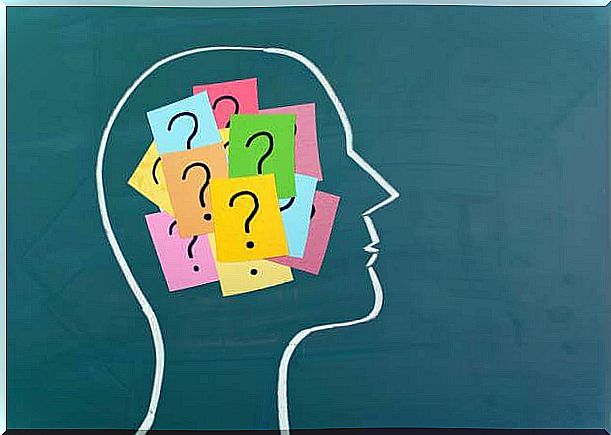Secrets Of Our Memory

The functioning of human memory is really complex, difficult to describe or conceptualize, as well as to generalize. That is why instead of saying “memory” (in the singular), we can refer to ourselves as “memories” (in the plural), since there are different types, which are organized and function differently. The most widespread and analyzed model is known as “structural memory” or “memory stores”.
The experts in this matter are Atkinson and Shiffrin, who in 1968 organized memory into three groups (stores): sensory, long-term and short-term. All three work sequentially, passing information from one to the next during the capture and storage process. They differ from each other by capacity (if we compare it with a PC, the amount of GB), the duration (the time in which the memories remain stored before being erased) and the encoding (the “software” that groups them together).
Sensory memory stores all the information from our senses, reliably but at the same time, brief (between half and two seconds). This can also be subdivided into several minor systems, depending on the meaning that the data offered, such as images (iconic), sounds (echoic) and textures or pain (haptic).
Short-term memory contains information that we use or are aware of at all times. By paying close attention to certain sensory memory, short-term memory contents are generated. The storage duration in this case is between 30 and 45 seconds and if we want to keep it, we must repeat the information several times (as for example it happens to us when they pass us a phone number until we write it down). A curious fact about short-term memory is that the encoding of information is acoustic in almost all cases, even when we see an image, the mind translates it into sounds to store it temporarily.
In relation to capacity, studies confirm that you can save between 5 and 9 items at the same time, with 7 being the average number. An item is a unit that is distinguishable and separated from the rest of the data, as if it were a file. For example, it can be a number or a small number of numbers, a letter or word or phrase. In order to store this information, the mind needs to group the items. So, for example, instead of remembering the area code 6 3 0, we’ll make it 630. So it takes less space and holds better. One of the causes of forgetfulness is because at the same time we want to retain a lot of information.
Finally, there is long-term memory, which is stored in cases in which we do not lose data in the short-term, based on repetitions or habits. This “warehouse” is what we refer to when we speak of memories as individuals. It contains a lot of information, which can be kept for a long time, or even indefinitely. It stores broad spectrum data and is an active system that is constantly reviewing and evaluating the stored information, while saving the new ones that are being recorded.
Long-term memory is undoubtedly the most complex of the three and according to the latest research, it is subdivided into two systems:
-Explicit or declarative memory: stores information of the semantic type, that is, knowledge of the world such as ideas, concepts and ideas; and of the episodic type, the biographical events that we generalize. The traffic between these two types is bidirectional and constant.
-Implied or non-declarative memory: it can store different types of information such as procedures (skills and how to do different tasks), conditioned reflexes (a cable gives electricity, fire burns, water wet), emotional conditioning (events related to senses) and primacy effects. The interaction between these four and their influences are constant and bidirectional.









